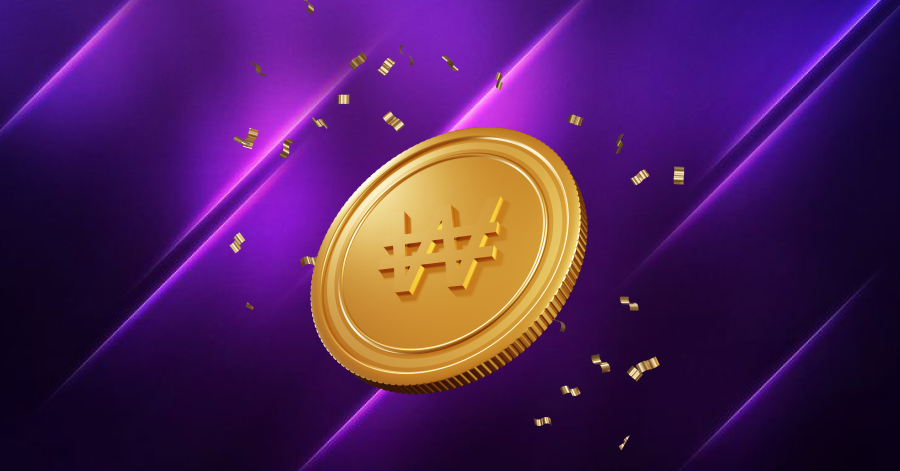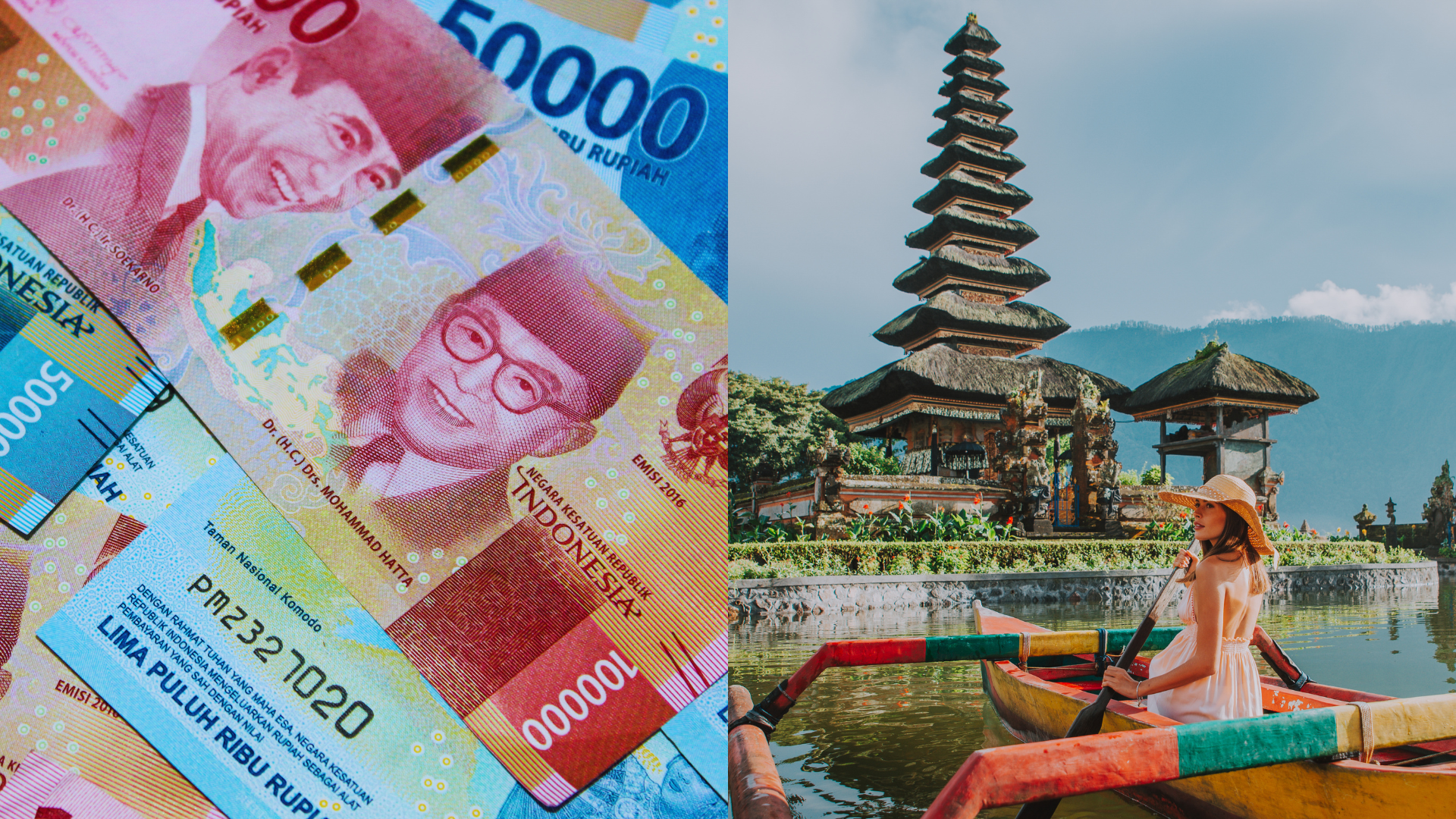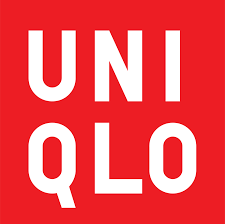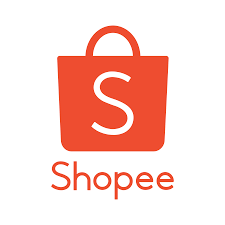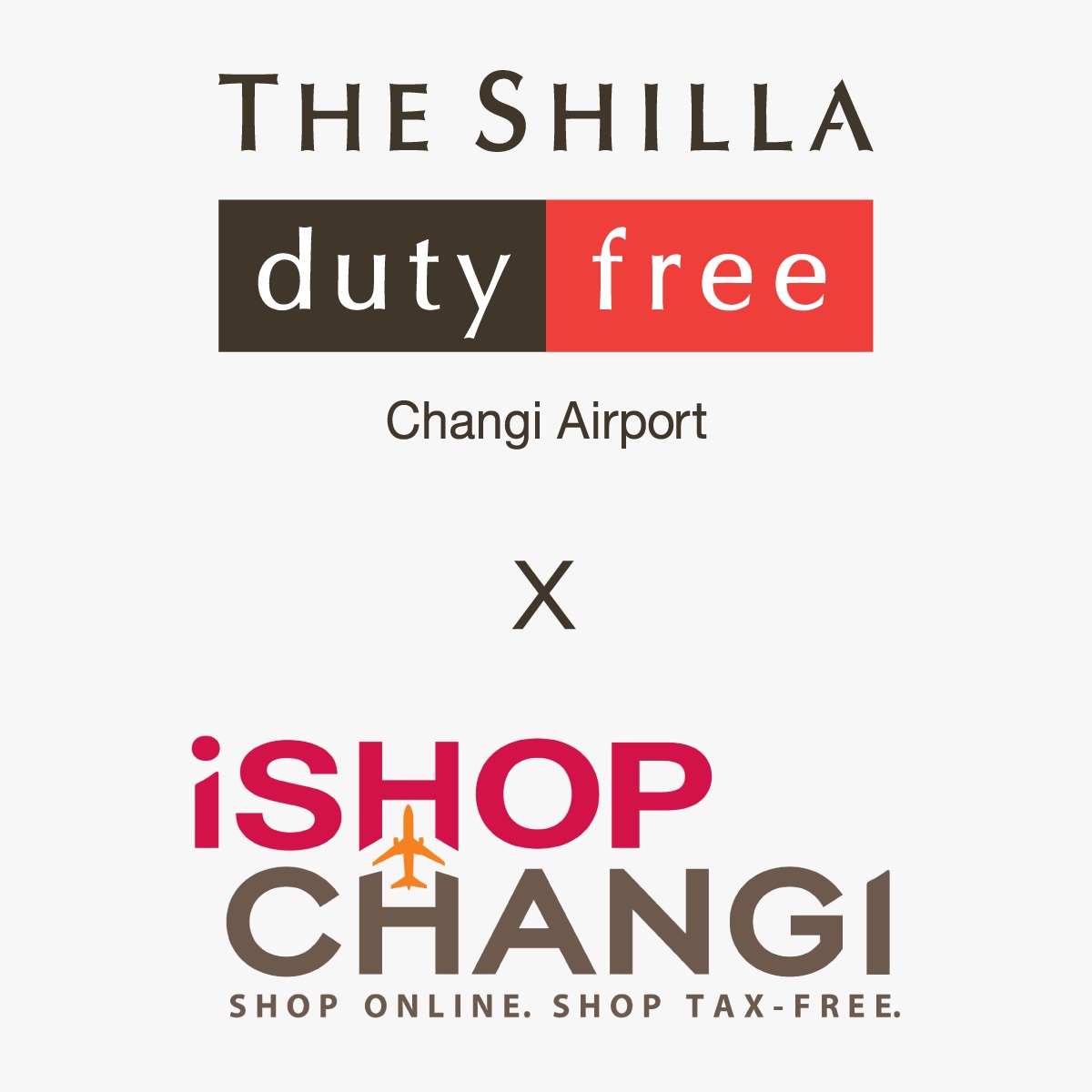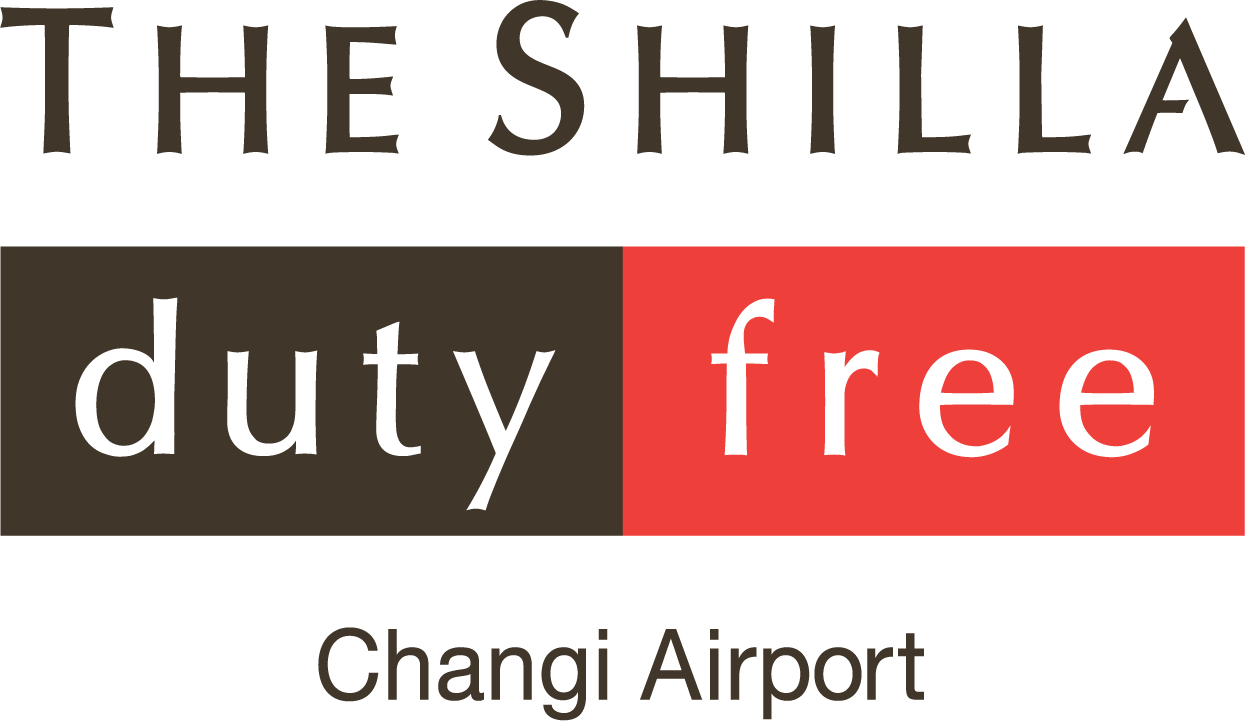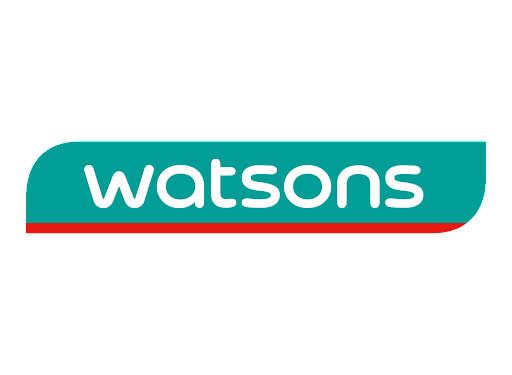YouTrip allows you to pay in over 150 currencies worldwide through Wholesale Exchange Rates without any fees, but how does it remain free for you to use?
There’s been a lot of speculation from experts and the everyday man about what travel could look like in the future. For now, let’s take a moment to look back at what travel looked like in the past – two years to be exact.
Before YouTrip launched, charging foreign transaction fees was (and still is to banks) simply a standard practice and to be accepted by us. Nobody had ever heard of Wholesale Exchange Rates, but all that changed when YouTrip came onto the scene.
The promise was, and remains to this day, simple: A free multi-currency account that allows you to pay in over 150 currencies with no fees.
You’re probably wondering, “how?”, and surely this business model isn’t sustainable. Could this be just another sales pitch with bait-and-switch tactics? Is there a catch in the fine print? If foreign payments come with no fees, and if there aren’t any markups on exchange rates, then how exactly does YouTrip make money?
It’s time to put an end to all these questions, and give you some answers with a peek behind the scenes of how it all works at YouTrip.
💜 How Does YouTrip Work?
YouTrip is a multi-currency account which comes with a linked Mastercard. You can store up to S$5,000 at any one time across the 10 currency wallets, and make payments with the card in-store or online.
You can make top-ups to your account with any Singapore debit or credit card, and perform currency exchanges at any time through the YouTrip app. This allows you to exchange currencies whenever you spot the best rates, and store them for as long as you like.
💰 How is My Money Stored with YouTrip?
The most important thing you should know about storing your money with YouTrip is that it cannot be used in any way by us and is not part of our revenue. Your funds are deposited into dedicated customer segregated accounts that we hold with Standard Chartered Bank (Singapore).
These funds are entirely separate from YouTrip’s company bank accounts, and we can’t touch them for other purposes, such as investments. To put it simply, your money can never become our money. We can’t do anything with your money other than deposit it into the corresponding bank accounts, so there’s no chance of any money being compromised.
✈️ How Does the Money Travel with YouTrip?
Now you know what happens whenever you make top-ups and currency exchanges. What about getting down to making a payment? Here’s where the magic happens:
1. When You Pay the Merchant, Mastercard Takes a Cut From the Merchant 💸
Whenever you make a transaction, Mastercard takes a portion of the amount from the merchant you’re purchasing from, and not from you. This amount is a commission that merchants pay Mastercard for facilitating that transaction.
In fact, this would also explain why you may have seen some stores with big, prominent signs on their storefront that say “CASH ONLY”, as some merchants don’t want to pay that commission. However, the prominence and widespread preference of cashless payments is clear and, for most merchants, unavoidable.
2. YouTrip Takes a Commission From the Merchant Through Mastercard 💰
This Mastercard commission is where YouTrip takes a small bit which in turn, contributes to our revenue. This is how we make money, without ever charging our users a single cent, because our goal is always to pass the cost savings to you.
Now that you know what we do, and how we do it. What’s in it for you, then?
🤔 How Much Money Do I Save With YouTrip?
Many of us tend to brush off terms like transaction fees, as the very presence of such fees are typically hidden away in the T&Cs of bank cards, and you’ll only realise how much extra you’re paying when you receive your credit card statement – if you even notice at all.
This makes people assume that such fees are negligible, especially when these cards offer seemingly sweet perks in the form of miles and cashback.
In our opinion, this could not be further from the truth. As more and more people shop in foreign currency online, this is a fallacy that should be addressed. Let’s assume you’re making a US$500 (~S$693.20) purchase online.
Here’s how much you’ll end up paying, depending on which card you choose to make that payment with, based on the typical foreign transaction fee of 3.25% imposed on bank cards:
| Debit/Credit Card | YouTrip Card | |
| Cost of Item | US$500 (~S$693.20) | US$500 (~S$693.20) |
| Fees | ~S$22.50 | No fees |
| Total Payment | ~S$715.70 | ~S$693.20 |
~S$22.50 in savings with a YouTrip card, on a single purchase. Now imagine what that figure could add up to over multiple purchases on a vacation overseas, or from shopping on overseas-based online stores.
The truth is: people are discovering that many products are cheaper on overseas online stores, like cheaper Muji products on its official Taobao store, cheaper iPad Pro and Apple AirPods from Amazon US, and also cheaper A&F clothes if you use a VPN to access its US store. Plus, there are plenty of unique products which aren’t even available locally too, from exclusive American snacks to their elusive beauty products.
With all of these shopping options, it’s all the more important that anyone paying in foreign currencies know their payment options as well.
😮 Okay, Where Do I Sign Up For My YouTrip Card?
Fortunately, a free YouTrip card is just 3 minutes away, and when you use <BLOG5> promo code to sign up, you’ll receive a sweet S$5 in your YouTrip account upon first top-up.
While we await commercial travel to fully resume, you can still rely on your trusty YouTrip card and Wholesale Exchange Rates to help you stack up even more cost savings, when you shop online for cheaper goods on overseas stores.
Related Articles
How Much Does Naomi Neo’s Lamborghini Cost?
iHerb vs Watsons & Guardian: Which Is Cheaper?
#YouTripHauls: Taobao Product Recommendations







